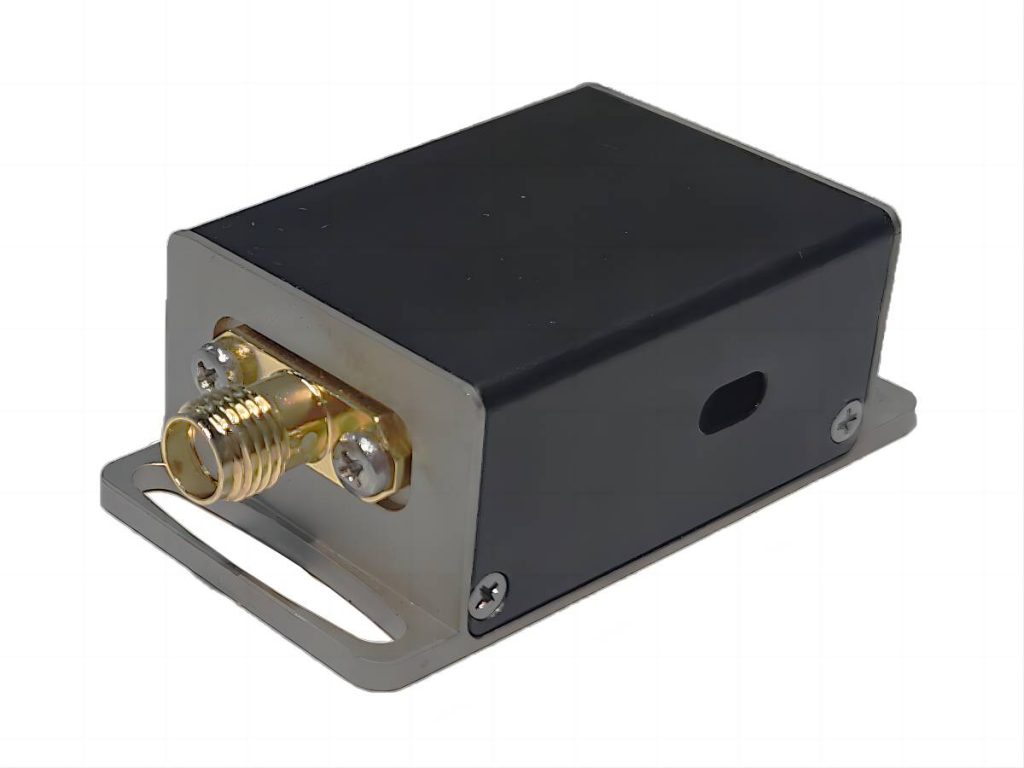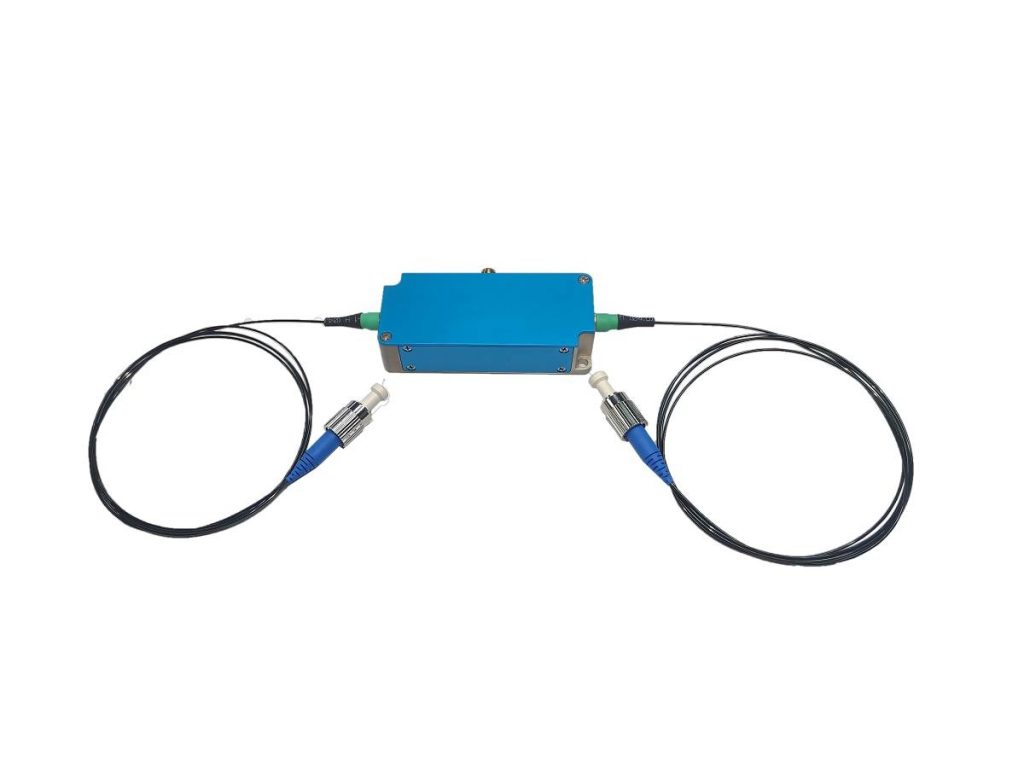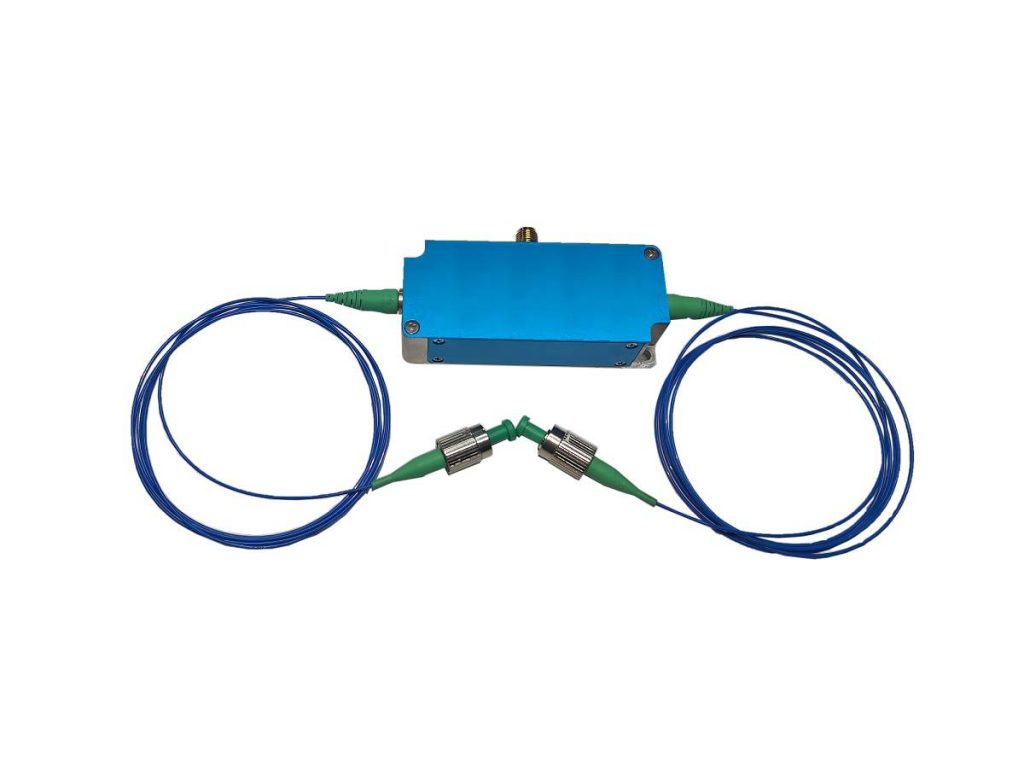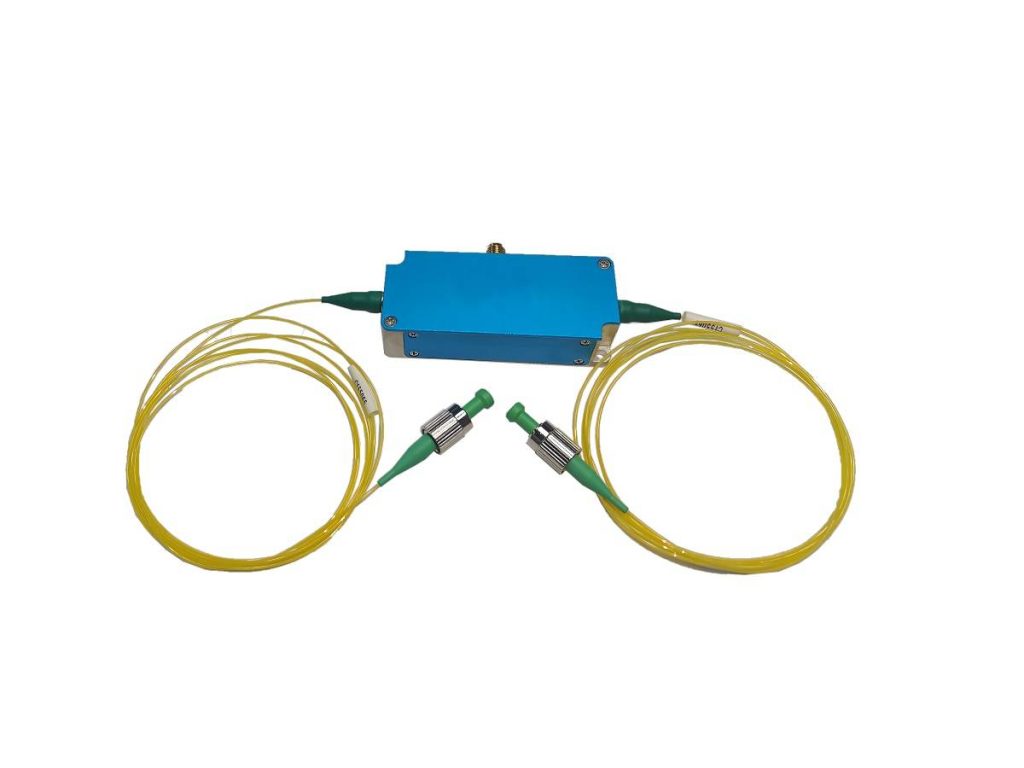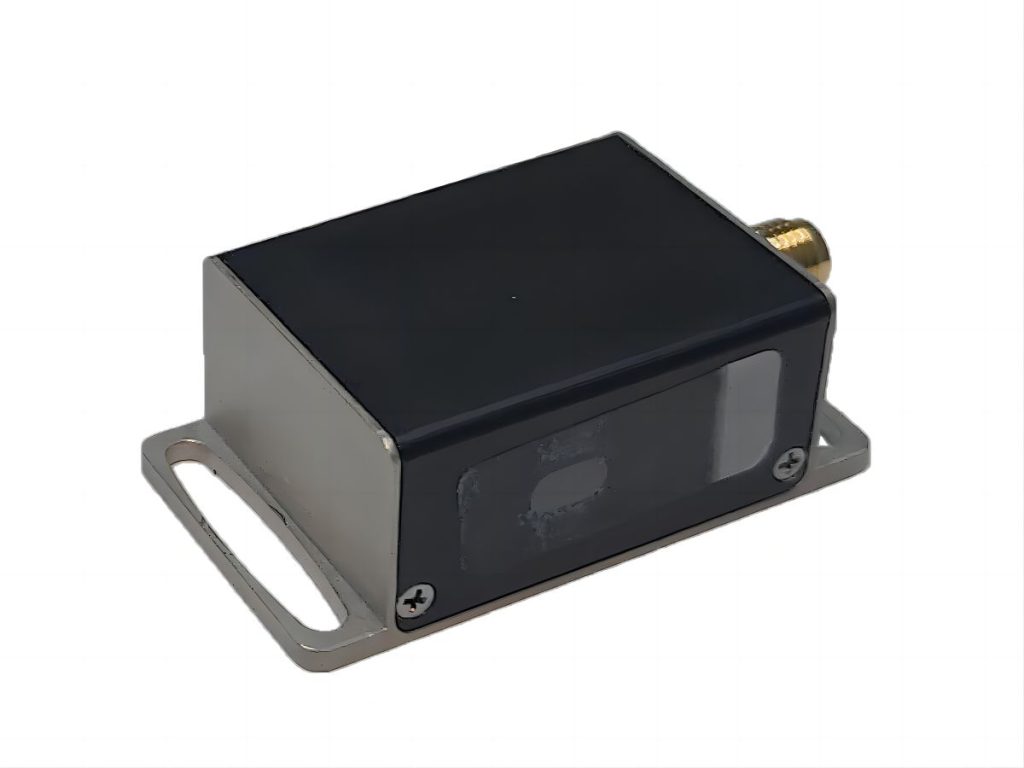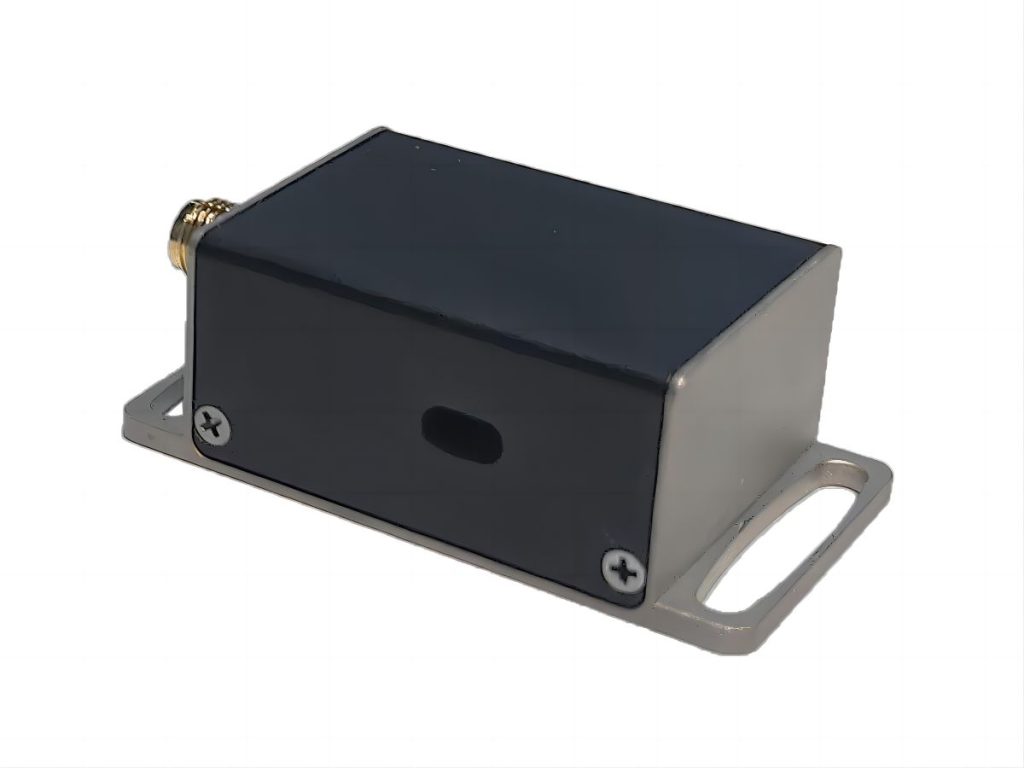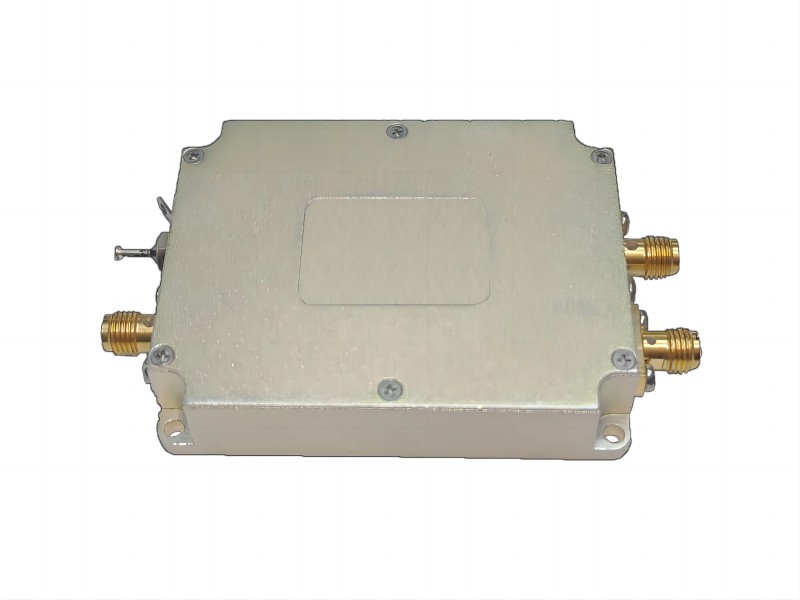RF Drivers: Powering Communication Systems
RF drivers are critical components in modern communication systems, amplifying, conditioning, and transmitting signals. From traditional cellular networks to cutting-edge technologies like 5G, radio frequency (RF) drivers power the communication infrastructure that connects us to the world. Smart Sci & Tech introduces the multifaceted applications of RF drivers, exploring their role in various communication systems, particularly the demanding requirements of 5G technology. We will also discuss key performance optimization techniques and the criticality of interface design in ensuring seamless integration with other components. Understanding the complexities of RF drivers and their impact on communication systems allows us to recognize their importance in driving innovation and facilitating the seamless flow of information.

Applications of RF Drivers in Communication Systems
In communication systems, RF drivers serve a more sophisticated purpose than simply providing power. They play a crucial role in signal preprocessing, including modulation and filtering, to adapt to specific transmission environments and meet system performance requirements. For instance, in 5G communication systems, RF drivers work in conjunction with power amplifiers to support higher data rates and lower latency. An RF driver is responsible for taking a baseband signal and conditioning it to be suitable for transmission over a radio frequency (RF) channel. Key functions of an RF driver include:
- Amplification: Increasing the power of the baseband signal to a level suitable for transmission.
- Frequency Upconversion: Shifting the signal frequency from the baseband to the desired RF frequency.
- Filtering: Removing unwanted frequency components and noise to ensure signal integrity.
- Modulation: Impressing information onto a carrier wave, allowing multiple signals to share the same channel.
In the context of 5G
5G networks demand extremely high data rates and low latency to support applications like autonomous vehicles and augmented reality. To meet these stringent requirements, RF drivers in 5G systems must be capable of:
- Handling Wide Bandwidths: 5G signals occupy a much wider frequency spectrum than previous generations, requiring RF drivers with a broader operating range.
- Supporting Multiple Input Multiple Output (MIMO): MIMO technology, used in 5G to improve data capacity and coverage, necessitates RF drivers that can handle multiple transmit and receive antennas.
- Efficient Power Amplification: To minimize power consumption and improve battery life, RF drivers in 5G devices must work closely with power amplifiers to achieve high efficiency.

Performance Optimization of RF Drivers in Communication Systems
Performance optimization is a critical aspect of RF driver design. The primary goals of optimization typically include improving power efficiency, reducing power consumption, mitigating interference, and enhancing signal quality and reliability. A variety of techniques can be employed to achieve these objectives, such as utilizing novel semiconductor materials, refining circuit design, and adopting advanced modulation and demodulation techniques.
Key areas of optimization include:
Power Efficiency: Maximizing the amount of output power relative to the input power. This can be achieved through careful selection of semiconductor materials, optimization of circuit topology, and the use of efficient biasing schemes.
- Power Consumption: Reducing the overall power consumption of the RF driver is crucial for extending battery life in portable devices and minimizing heat dissipation. Techniques such as class-D and class-E amplification can help achieve high power efficiency.
- Linearity: Ensuring that the RF driver operates in a linear region to minimize distortion and intermodulation products. This is particularly important for applications that require high signal quality, such as digital communication systems.
- Noise Figure: Minimizing the noise added by the RF driver to the signal. A low noise figure is essential for maximizing the signal-to-noise ratio and improving overall system performance.
- Dynamic Range: Maximizing the range of input signal levels that the RF driver can handle without significant distortion or saturation. A wide dynamic range is necessary for applications that experience varying signal strengths.
Advanced Techniques for Optimization:
- GaN and SiC: These wide bandgap semiconductors offer superior performance in terms of power density, efficiency, and operating frequency, making them ideal for high-power RF applications.
- Digital Pre-distortion (DPD): DPD techniques can be used to compensate for nonlinearities in the RF power amplifier, improving linearity and reducing spectral regrowth.
- Envelope Tracking: This technique involves adjusting the supply voltage of the power amplifier in accordance with the envelope of the input signal, enabling higher efficiency and reduced peak-to-average power ratio (PAPR).
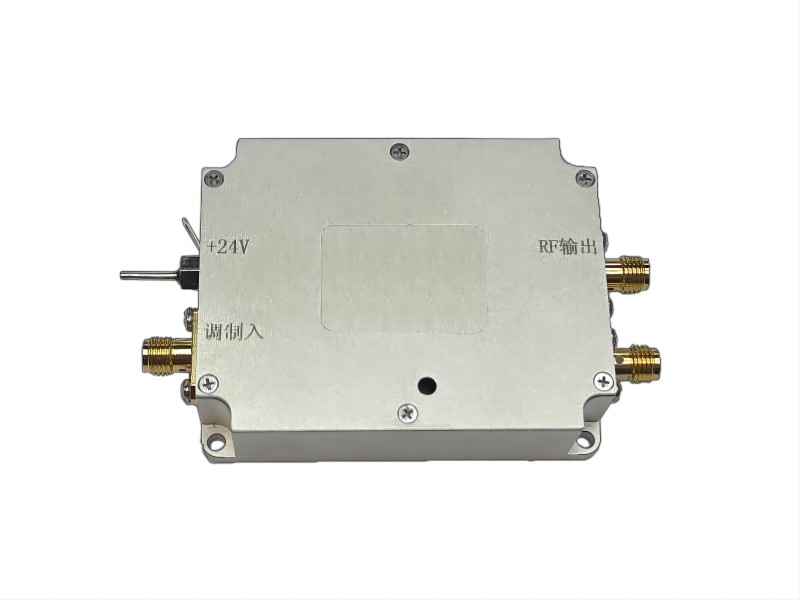
Interface Design Between RF Drivers and Communication Systems
The interface design between RF drivers and communication systems is equally critical. This design must ensure that the RF driver can be seamlessly integrated into existing communication systems and can work cooperatively with other communication components. For example, interface design may involve signal format conversion, interface protocol compatibility, and other considerations. Key aspects of interface design include:
- Signal Matching: The RF driver’s output signal must be matched to the input requirements of the subsequent stage, such as a power amplifier or antenna. Impedance matching is crucial to minimize reflections and maximize power transfer.
- Protocol Compatibility: The interface must adhere to the specific protocols and standards used in the communication system, ensuring seamless integration with other components.
- Timing and Synchronization: Precise timing and synchronization are essential for proper operation. The RF driver must be synchronized with the system clock and other timing references.
- Isolation: Adequate isolation between the RF driver and other components is necessary to prevent interference and ensure signal integrity. This can be achieved through the use of isolation transformers or baluns.
- Power Supply Considerations: The RF driver’s power supply requirements must be carefully considered, including voltage levels, current requirements, and noise sensitivity.

Powering Communication Systems
As one of the standardized drivers critical for amplifying and shaping signals, RF drivers have emerged as critical components in communication systems, powering a wide range of applications, from traditional cellular networks to cutting-edge technologies such as 5G. RF drivers can be tailored to meet the specific requirements of various communication systems by carefully optimizing performance, using innovative design techniques, and designing meticulously. It is recommended that you choose a reliable RF driver supplier as your partner. As technology advances, the role of RF drivers will undoubtedly remain critical, propelling wireless communication forward and shaping our interconnected world.

